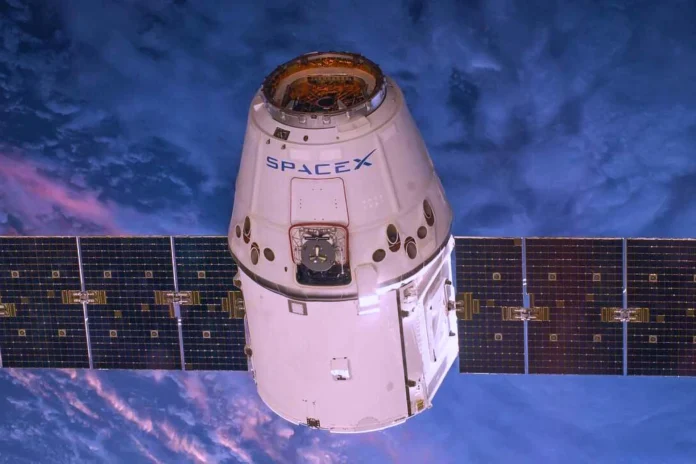Elon Musk, the founder of SpaceX, has a grand vision for the Starship spacecraft. Its goal is transporting astronauts and private passengers to the moon and Mars. Recently, SpaceX conducted a Starship flight test, which reached the edge of space and successfully separated its stages.
Technical Milestones Achieved
In the second Starship flight test, the Starship achieved multiple technical milestones. All 33 engines worked flawlessly, and the successful separation from the booster was a significant achievement. The rocket reached an altitude of about 150 kilometers, marking the first Starship to enter outer space.
Positive Reception from Industry Experts
Despite its eventual termination, space Industry experts have positively received the recent Starship flight test. Laura Forczyk, a space world consultant, described it as a “fantastic partial success”. NASA, an important SpaceX customer, also expressed satisfaction with the results, highlighting the collaborative nature of space exploration.
FAA Oversight and Investigation
Following the termination, the US Federal Aviation Administration (FAA) oversees SpaceX’s mishap investigation to ensure regulatory compliance. This includes addressing environmental and safety concerns arising from the launch and explosion. SpaceX’s investigation plan will be reviewed before issuing a new launch license.
SpaceX’s Constant Development Approach
SpaceX’s constant development approach sets it apart from traditional methods. They progress and improve their technology by continuously testing and learning from each attempt. Experts noted that his approach may have occasional failures and proves to be cost-effective and faster in achieving unique milestones.
Future Plans and Challenges
Despite the setbacks, SpaceX is determined to forge ahead. They are actively investigating the cause of the signal loss and working towards improving Starship’s reentry, descent, and splashdown capabilities. Additionally, they are addressing environmental concerns, obtaining a new launch license, and preparing for future test flights.
Lost Signal Investigation:
SpaceX is thoroughly investigating the cause of the lost signal during the Starship flight test. They want to ensure the reliability and safety of future missions.
Enhancements for Reentry and Descent:
SpaceX’s engineers are expected to focus on refining Starship’s capabilities for reentry and descent, addressing challenges associated with faster reentry speeds and higher temperatures during lunar voyages.
Launch Infrastructure Optimization:
The Company is also working on optimizing the launch infrastructure of the Starship flight test to improve efficiency and reliability. Adjustments may be made based on lessons learned from the recent test flight failures and successes.
Lunar Ambitions and Collaborative Efforts
SpaceX is collaborating with NASA for the Artemis missions, which involve crewed moon landings in 2026 and 2028. The success of these missions relies on the readiness and reliability of SpaceX’s Starship. The collaborative efforts highlight SpaceX’s commitment to meeting strict safety standards for crewed lunar missions. Continuous improvements and adherence to NASA’s requirements are crucial for the success of these endeavors.
Ongoing Lawsuit and Potential Delays
Environmental groups near SpaceX’s launch site have filed a lawsuit raising concerns about potential ecological impacts. This legal action may require a new environmental impact statement, which could lead to a more rigorous review process. The introduction of additional reviews and considerations due to the lawsuit could cause delays in the Starship program timeline. SpaceX will need to navigate this challenge while balancing innovation and environmental compliance, which includes addressing concerns raised by local communities and ensuring environmental compliance throughout the Starship program.
Timeline for Starship Flight Test:
SpaceX is targeting early 2024 for its third Starship flight test, which will involve a comprehensive journey around the world, reentry, and splashdown near Hawaii.
Rapid Development and Innovation:
Elon Musk’s optimism about hardware readiness in three to four weeks reflects SpaceX’s commitment to rapid development and innovation. By continuously pushing boundaries and learning from previous test flights, SpaceX positions itself as a critical player in advancing space exploration and shaping the future of interplanetary travel.
SpaceX’s recent Starship flight test showcased significant advancements and challenges in developing the ambitious spacecraft. While the rocket achieved milestones, it also faced some issues. But despite the obstacles, SpaceX is determined to explore the vast belt of space, and we are here to document it.



